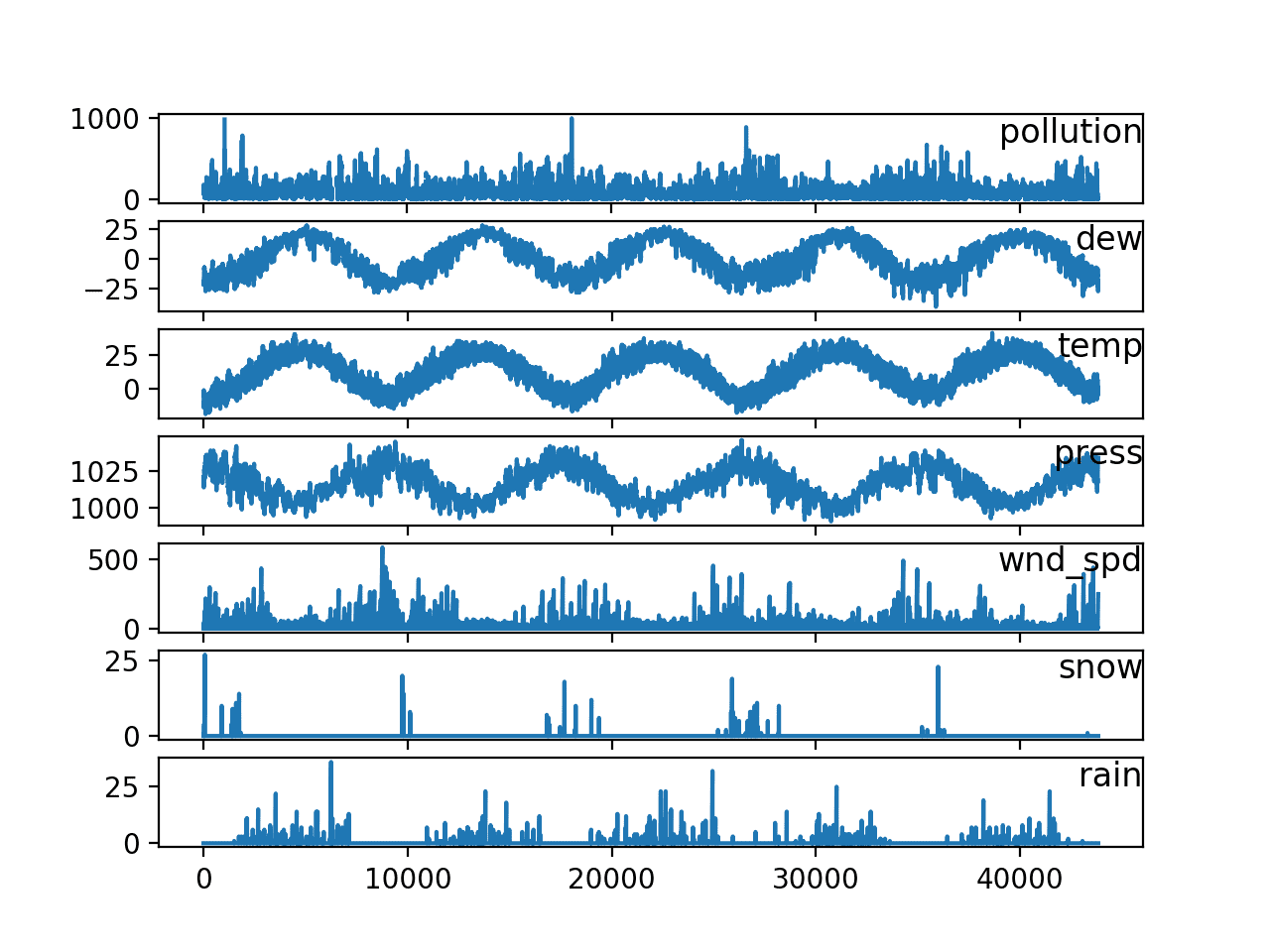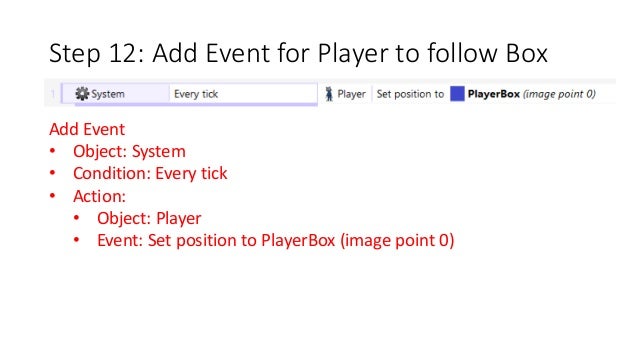

This example shows another use of * to copy all filenames prefixed with users-0 and ending with one or more occurrences of any character. This command matches all files with names starting with l (which is the prefix) and ending with one or more occurrences of any character. Listopen.sh lost.sh rename-files.sh topprocs.shġ. createbackup.sh list.sh lspace.sh speaker.sh How to Match Filenames Using Wildcards in Linuxįor the purpose of this article, we will use following files to demonstrate each example. You need to carefully choose which wildcard to use to match correct filenames: it is also possible to combine all of them in one operation as explained in the examples below. It is possible to use different types of characters (alphanumeric characters): numbers, letters, other special characters etc.


An asterisk (*) – matches one or more occurrences of any character, including no character.These wildcards are interpreted by the shell and the results are returned to the command you run. Read Also: 10 Useful Practical Examples on Chaining Operators in Linux You can use them with any command such as ls command or rm command to list or remove files matching a given criteria, receptively. Wildcards (also referred to as meta characters) are symbols or special characters that represent other characters.


 0 kommentar(er)
0 kommentar(er)
